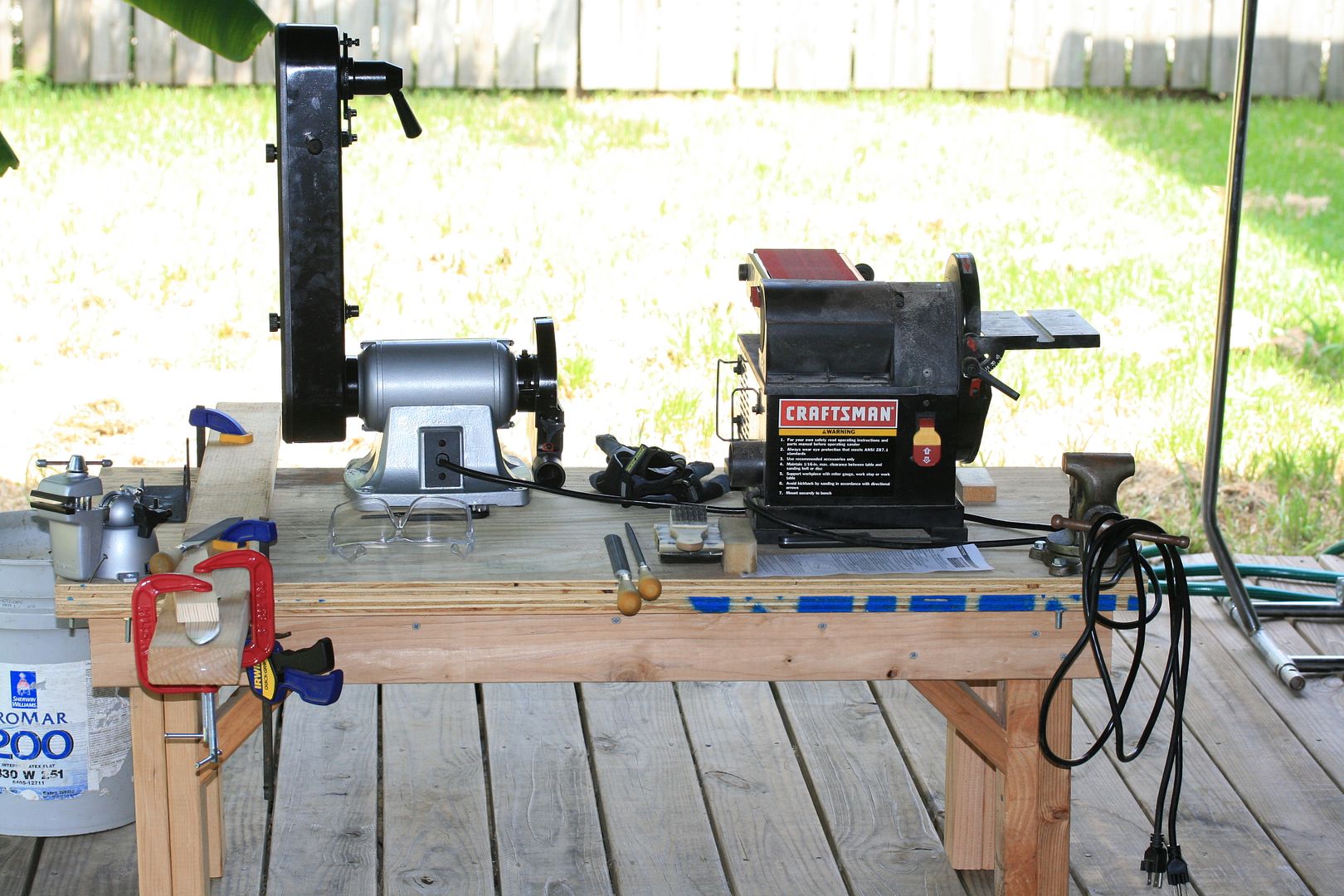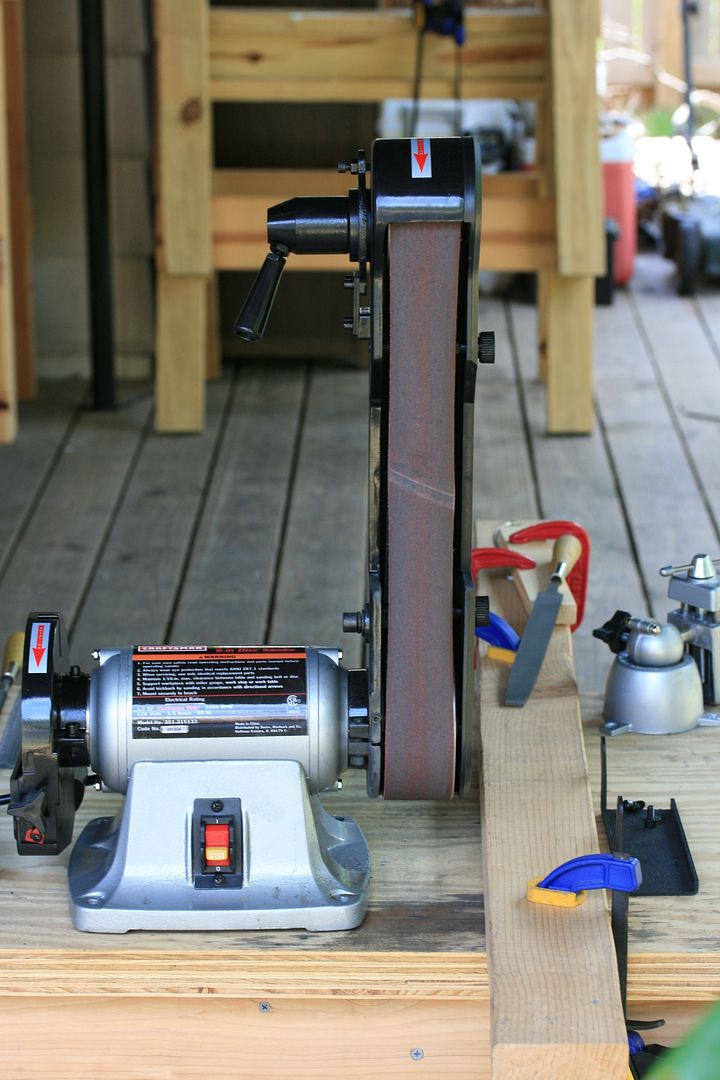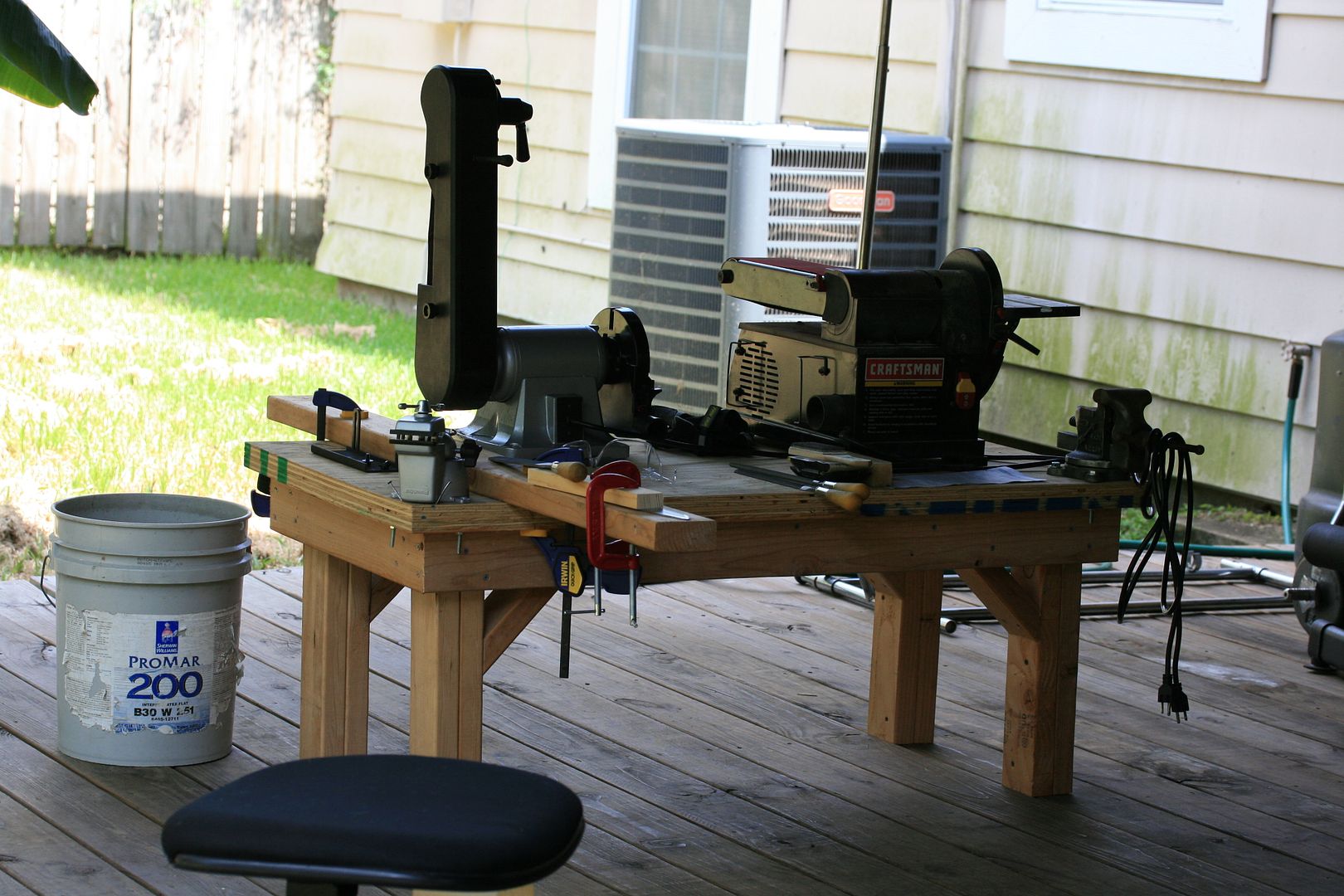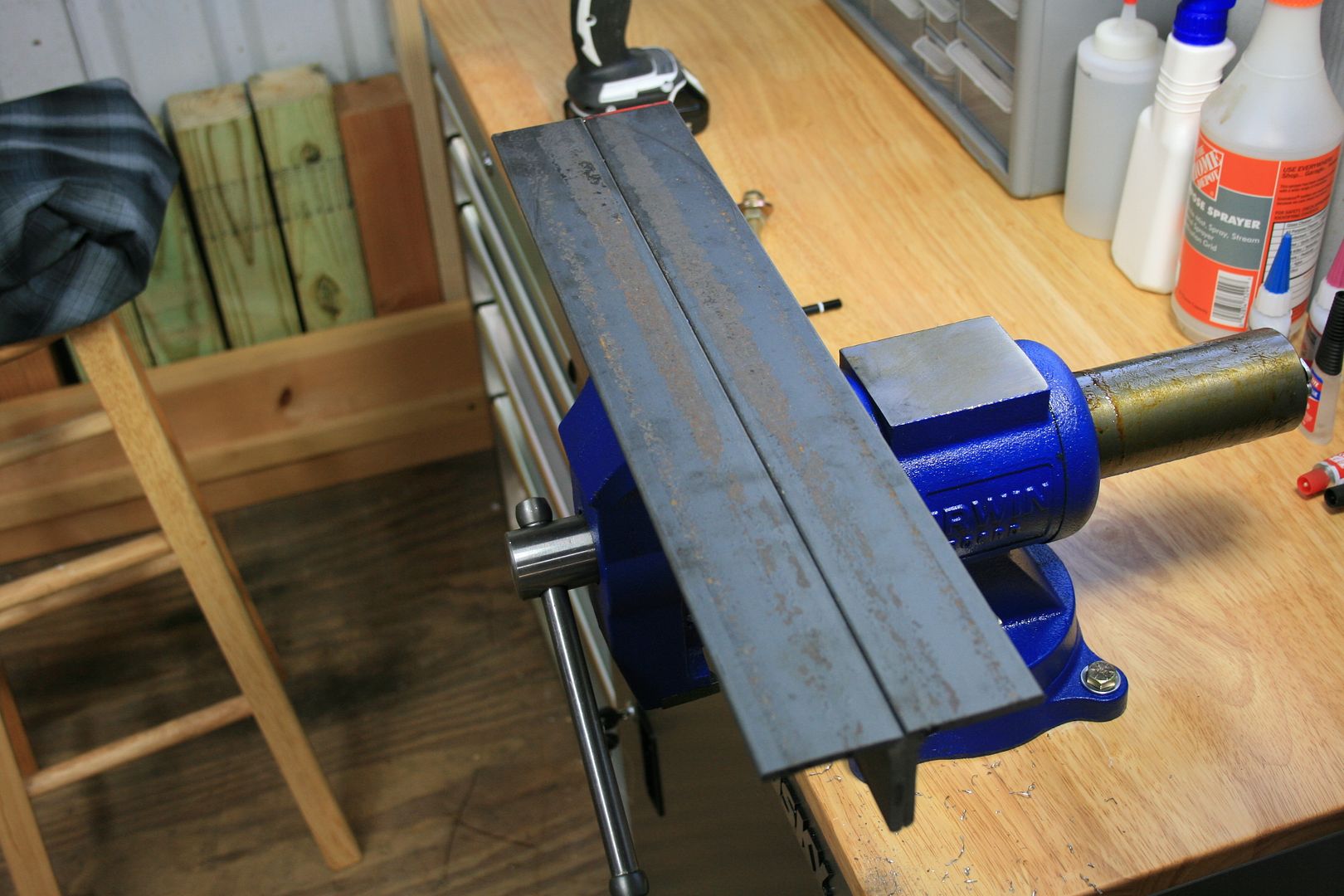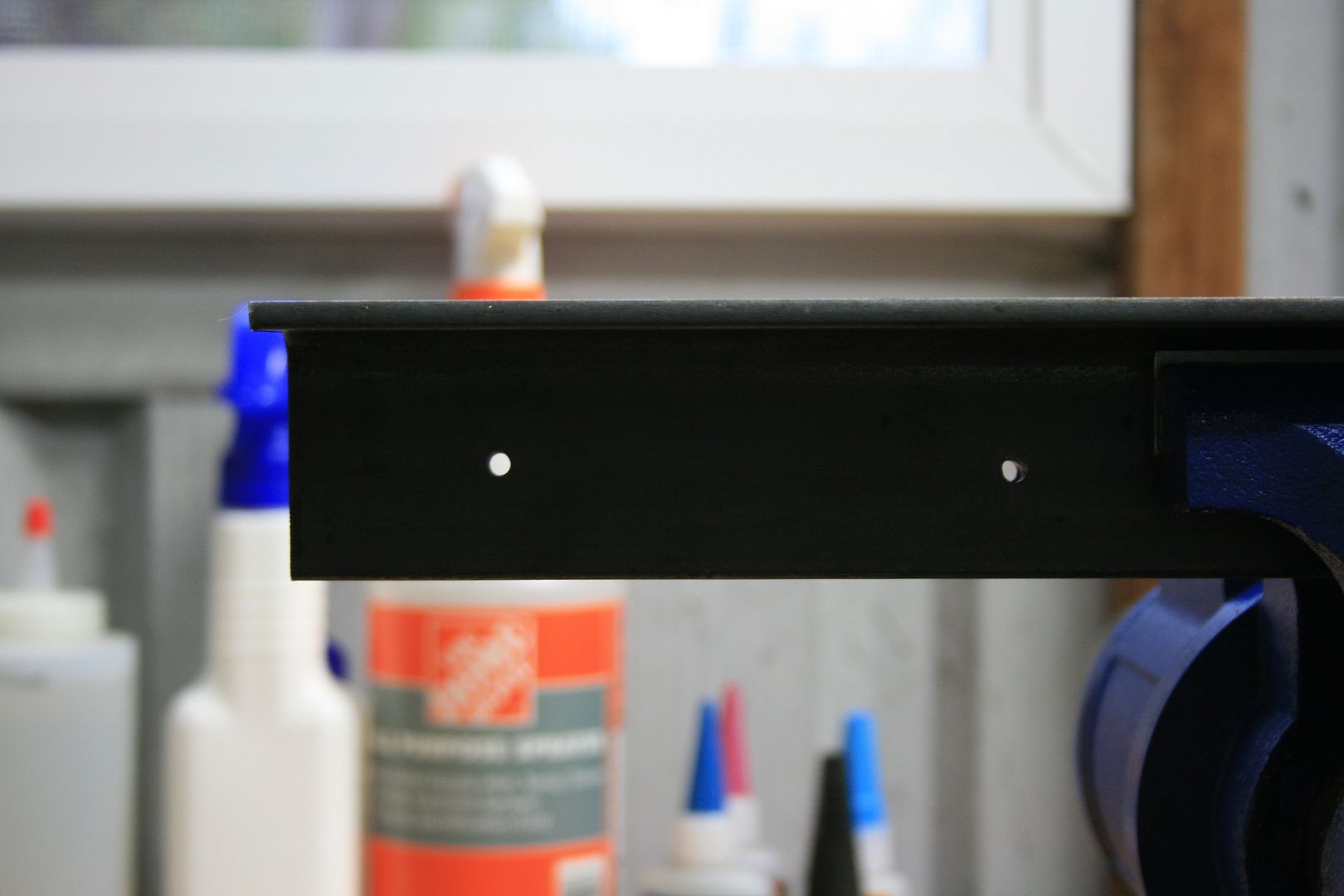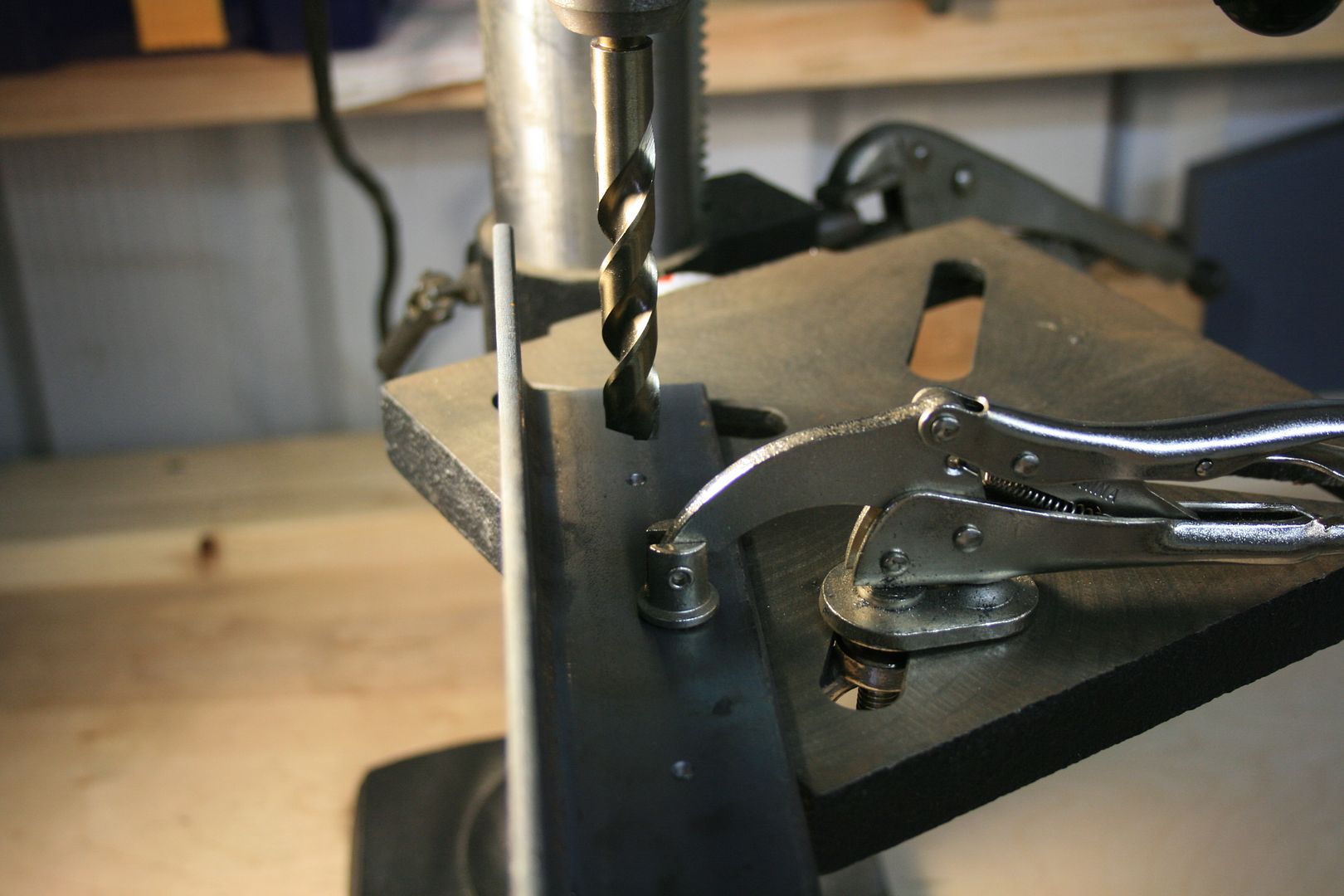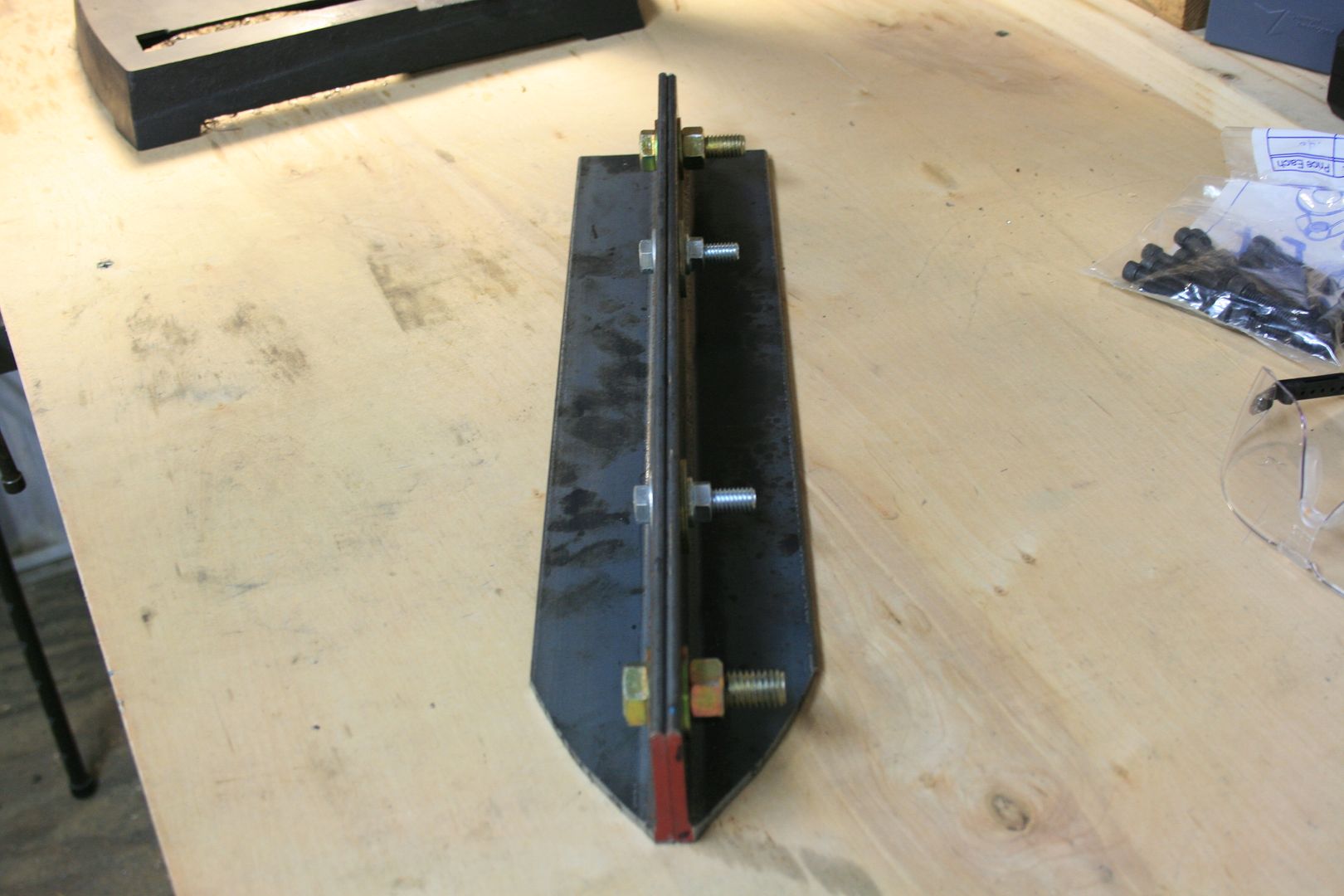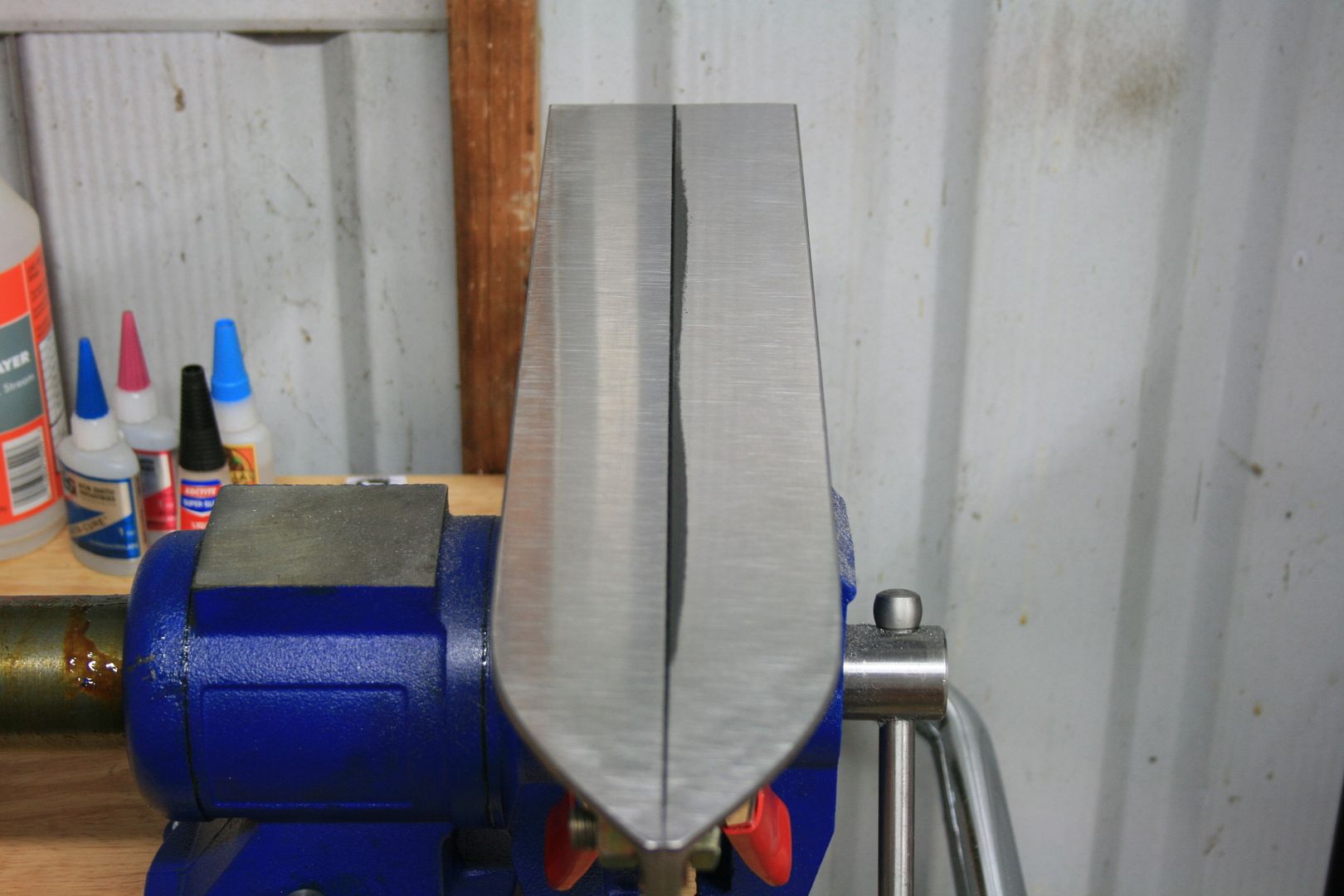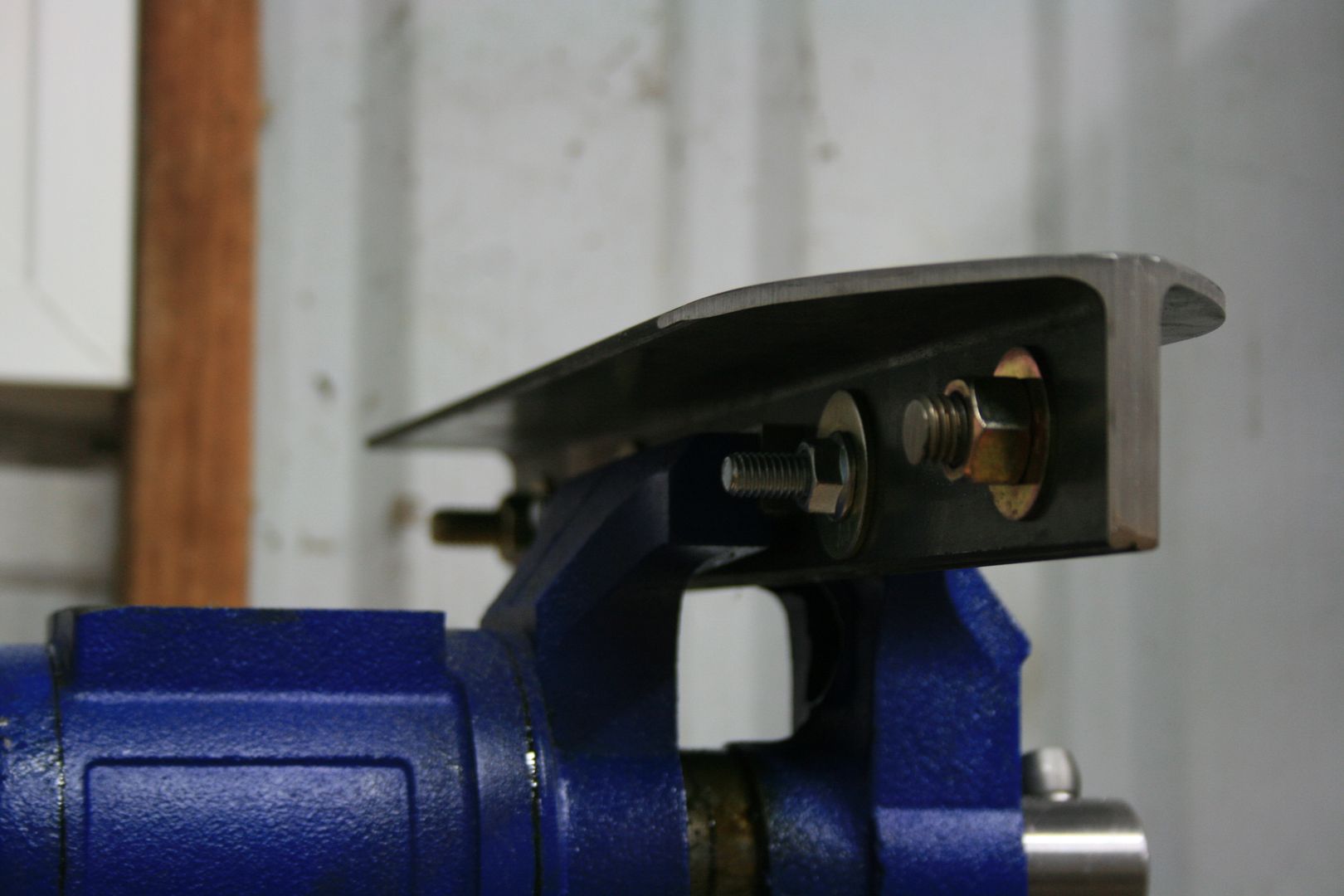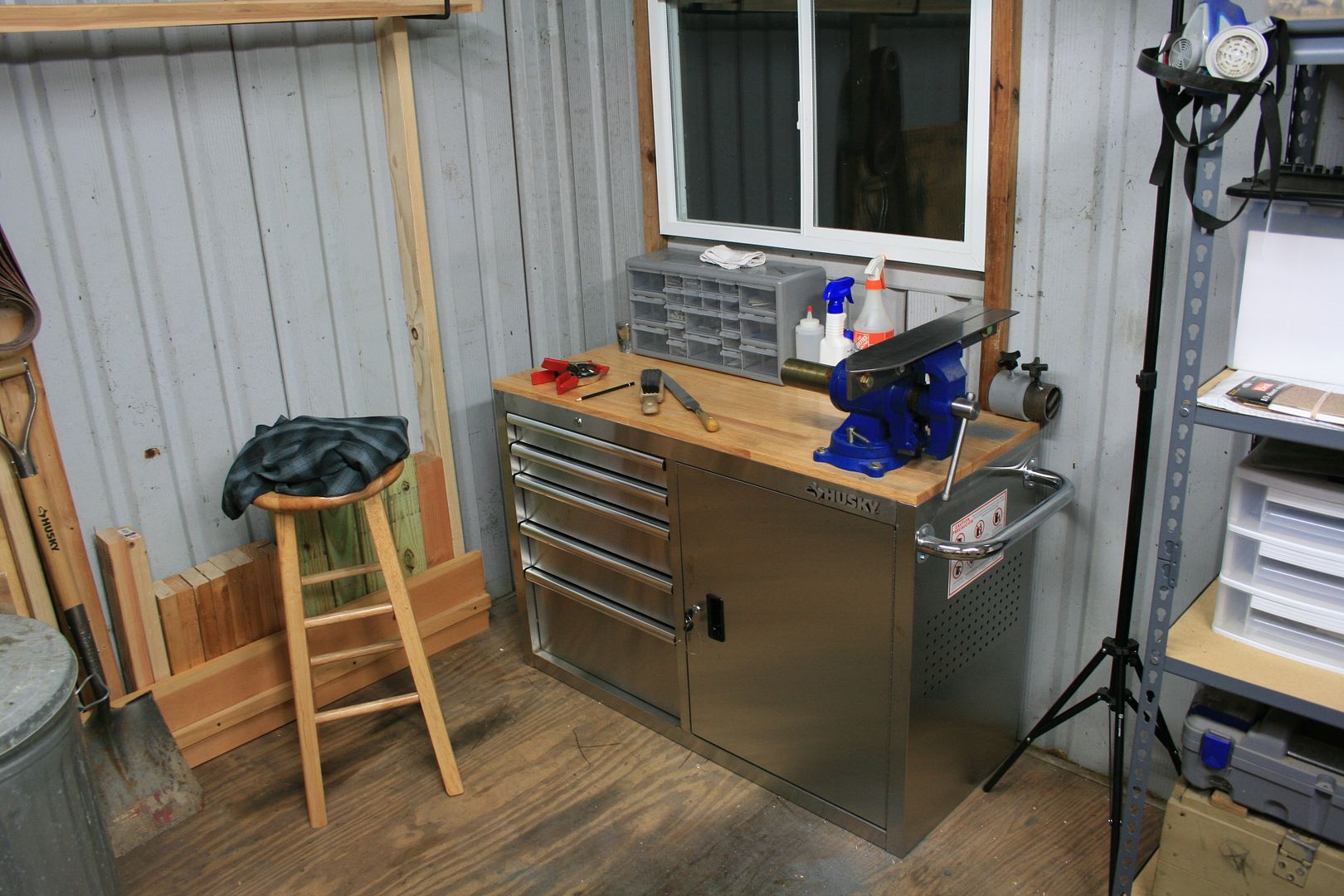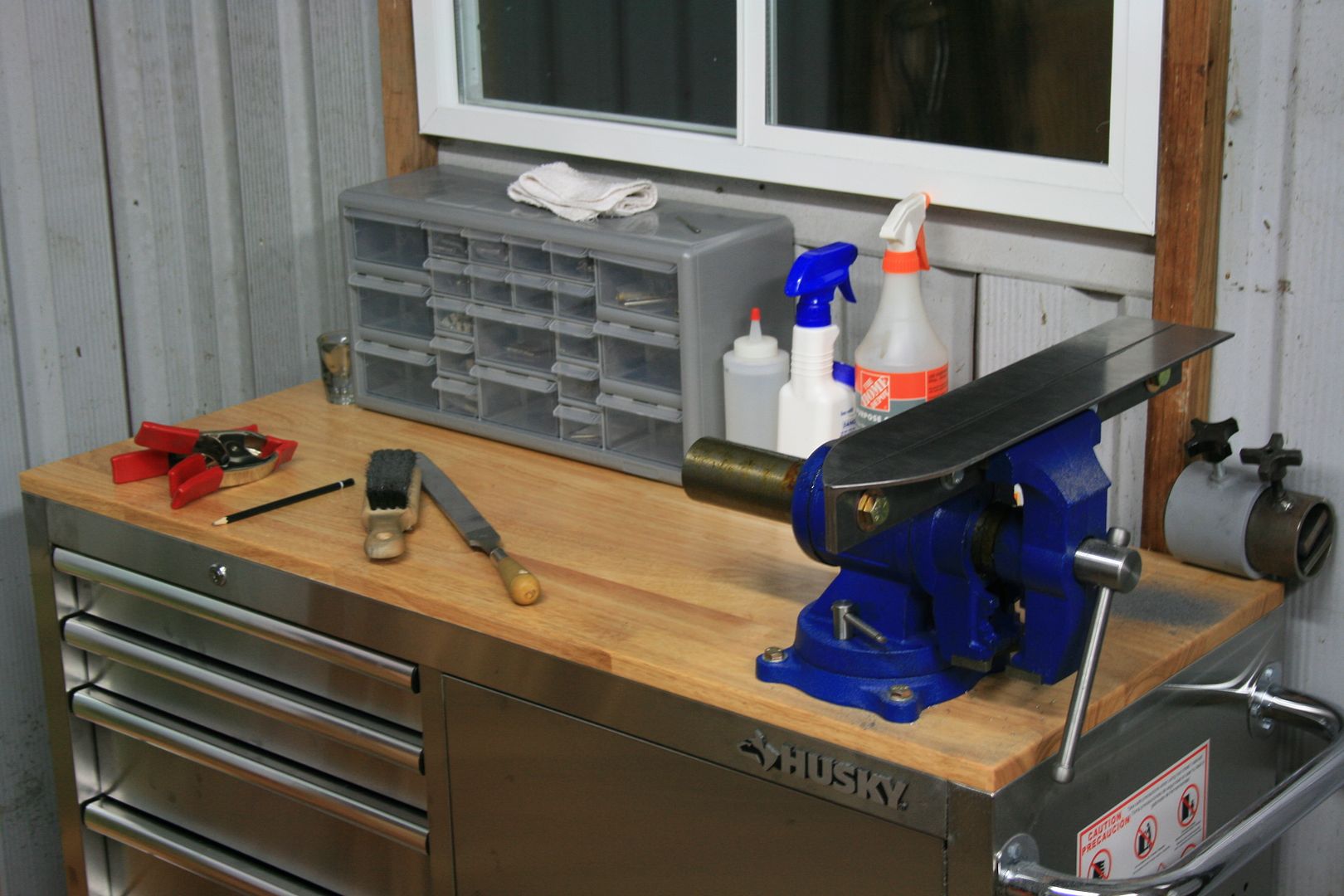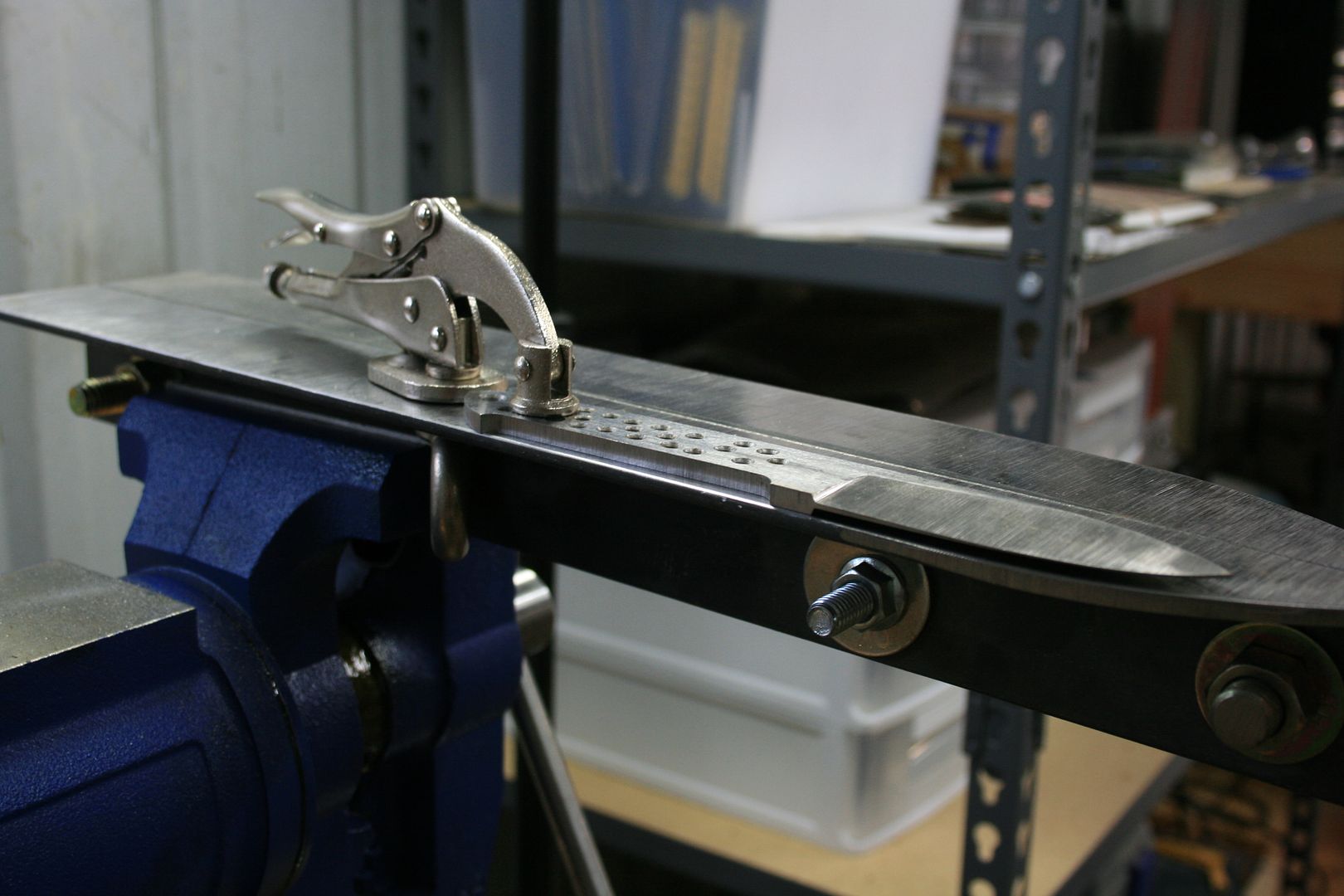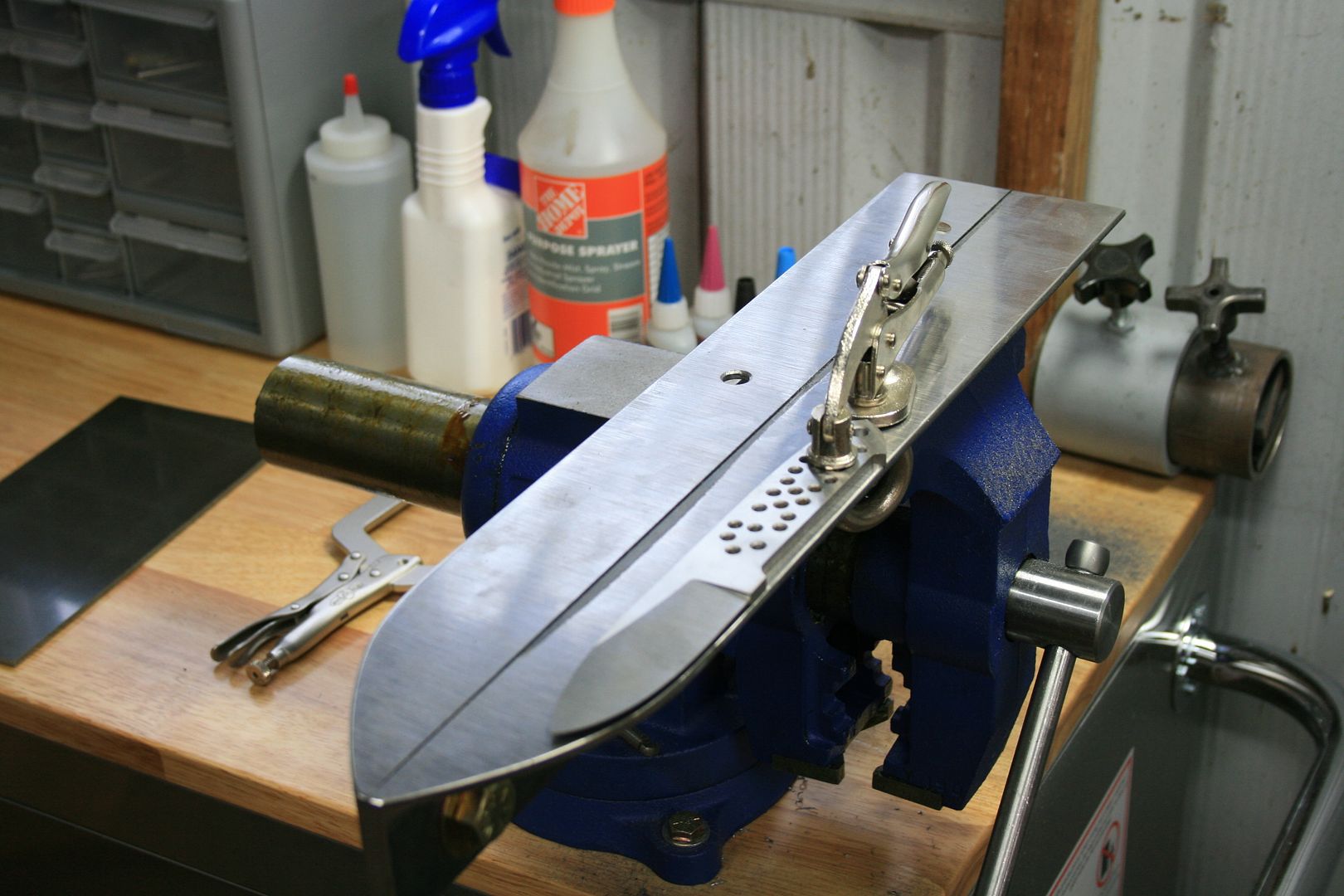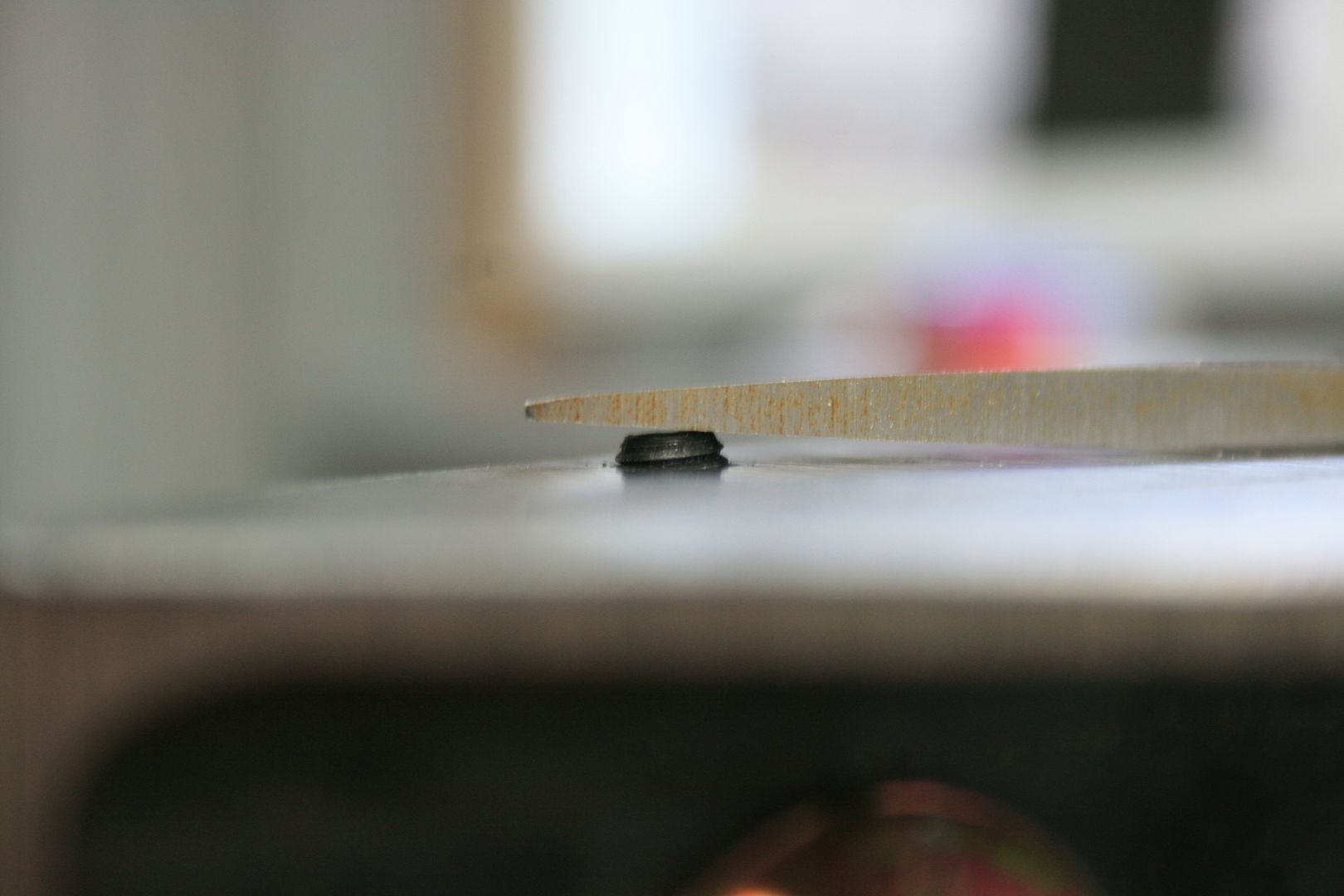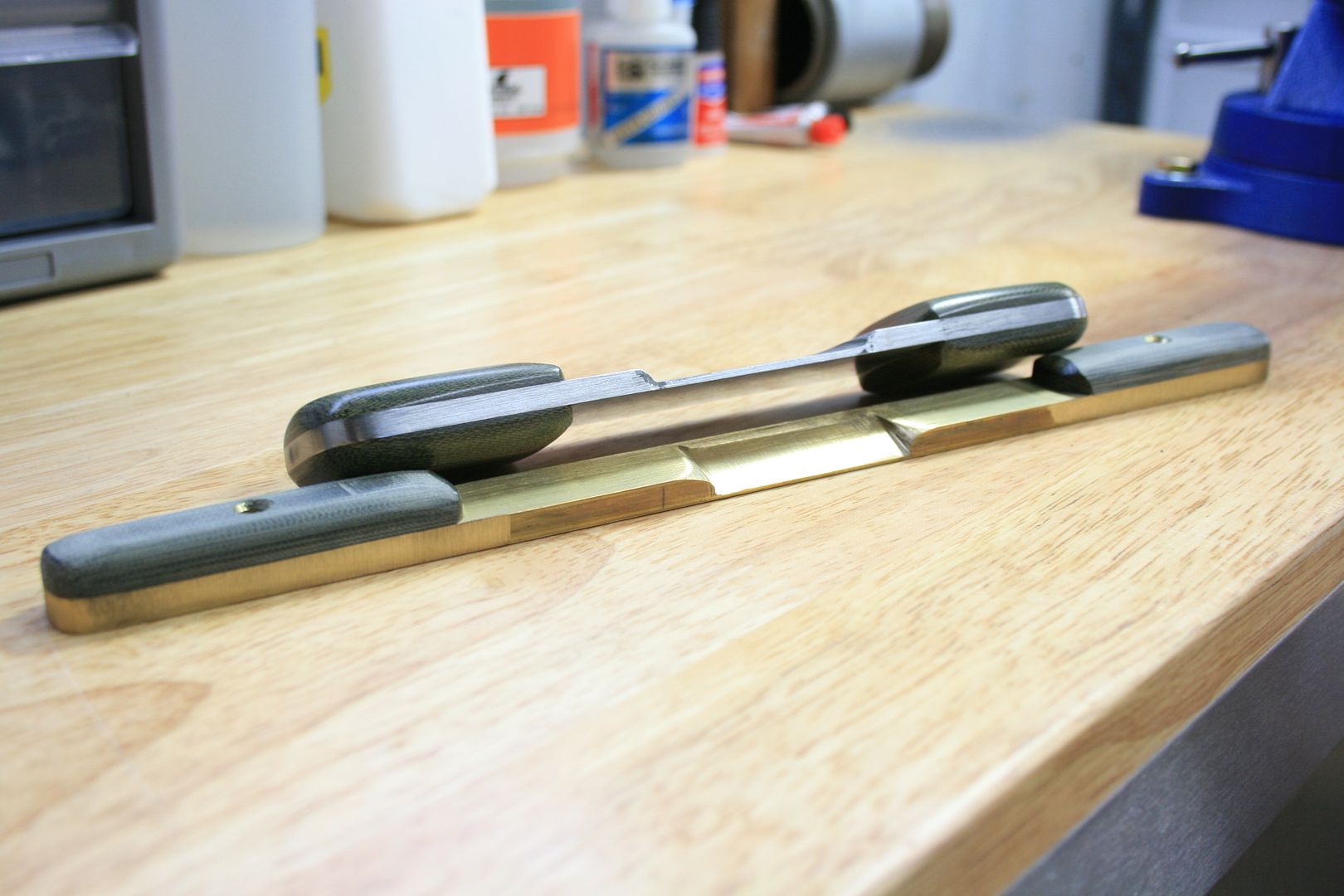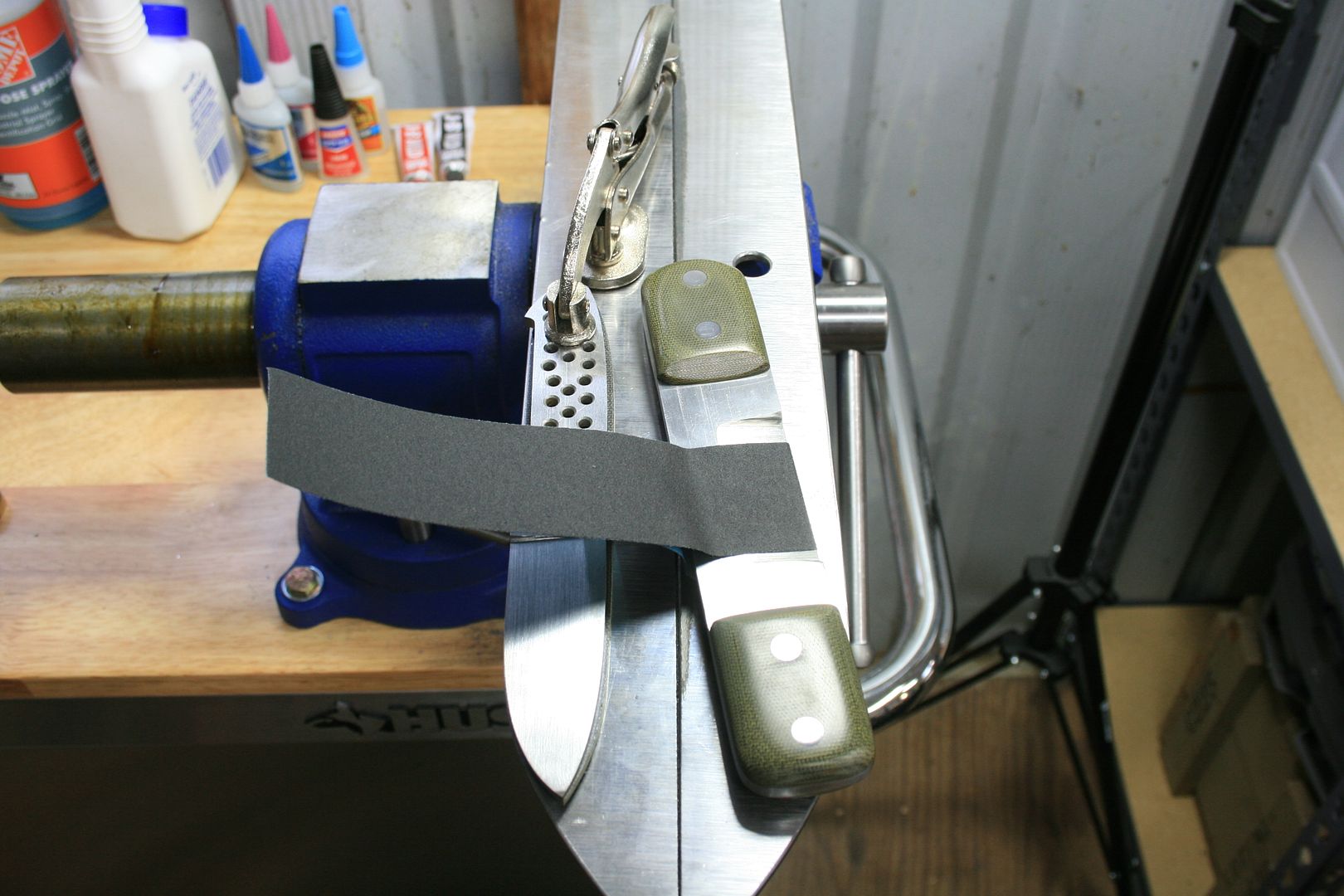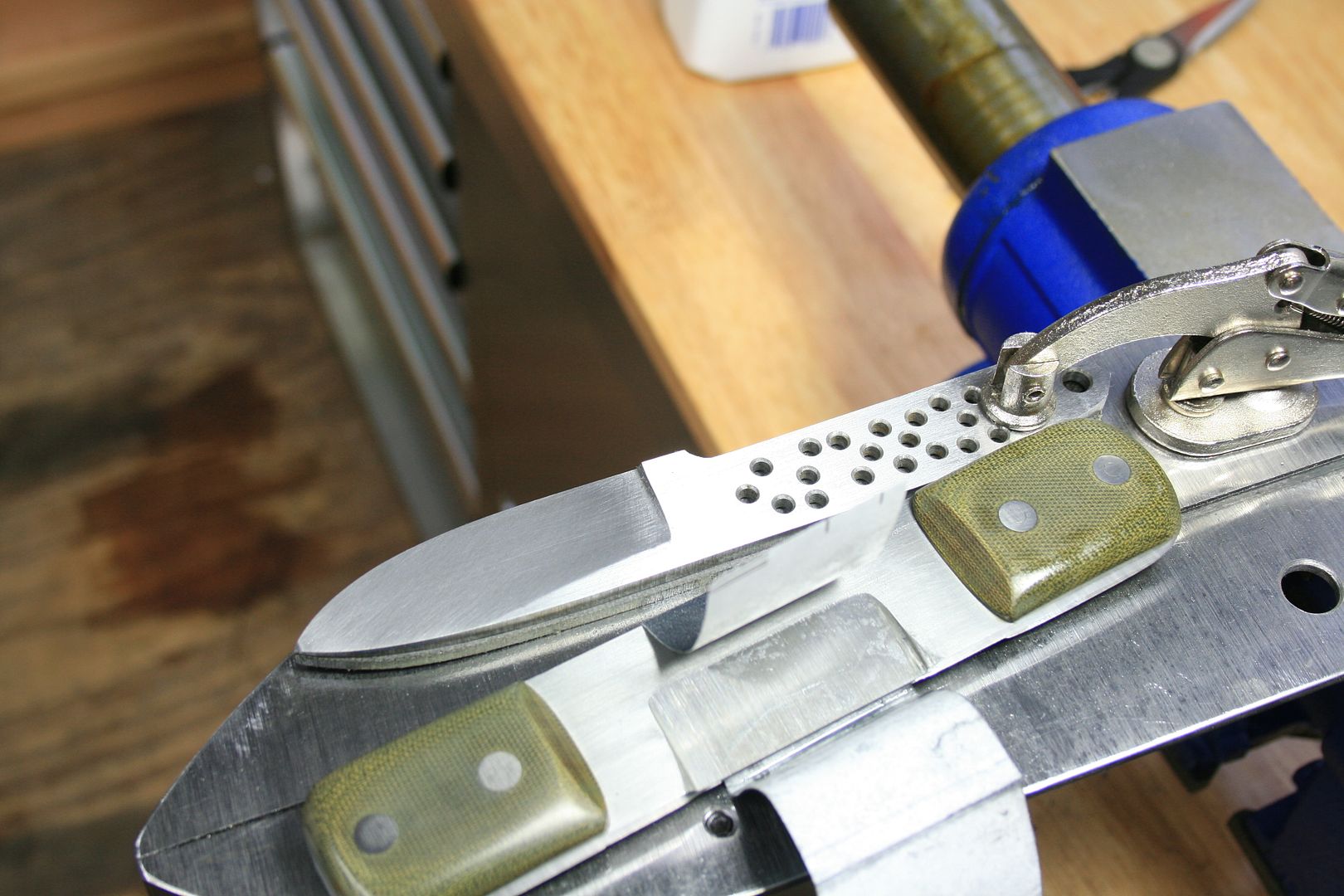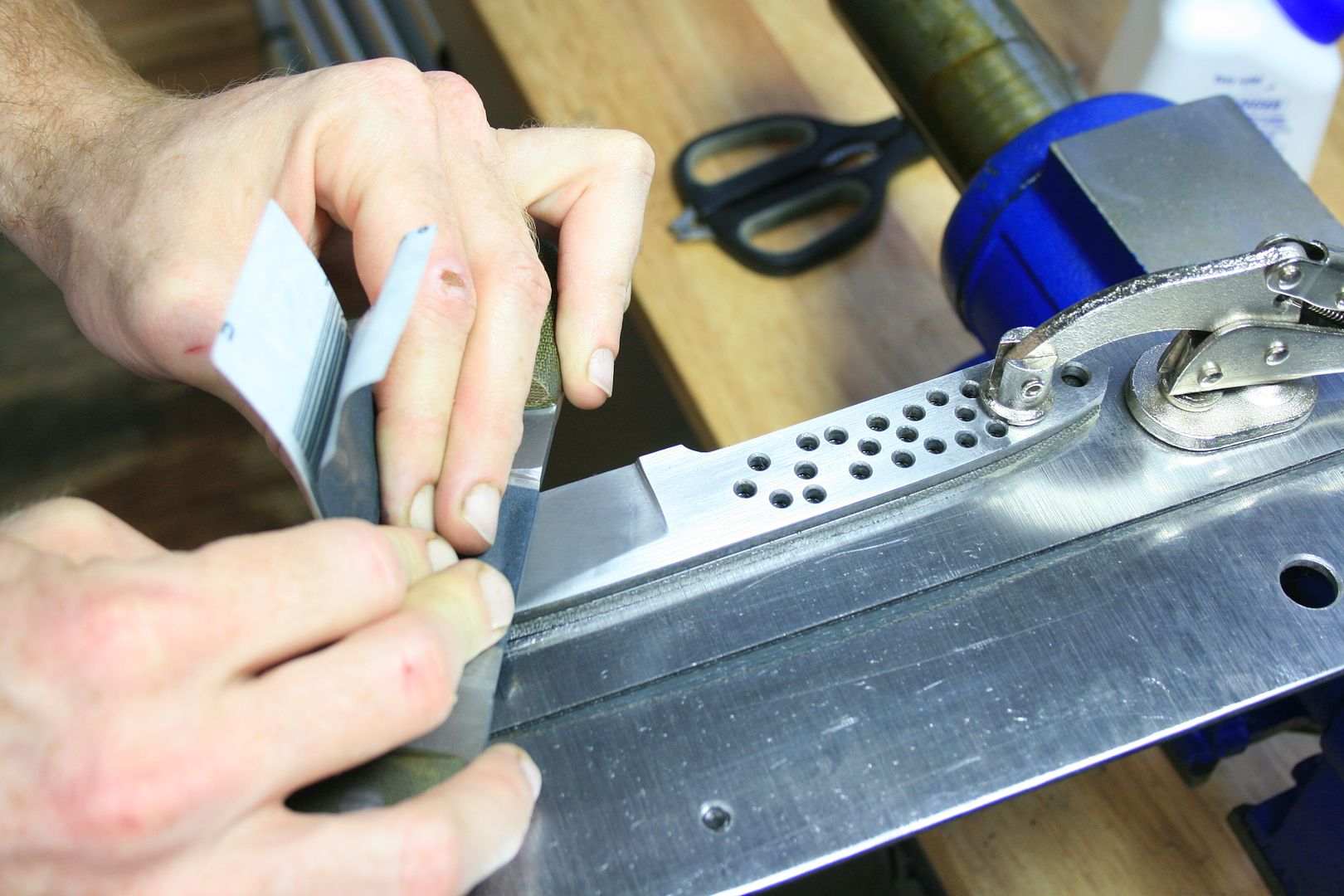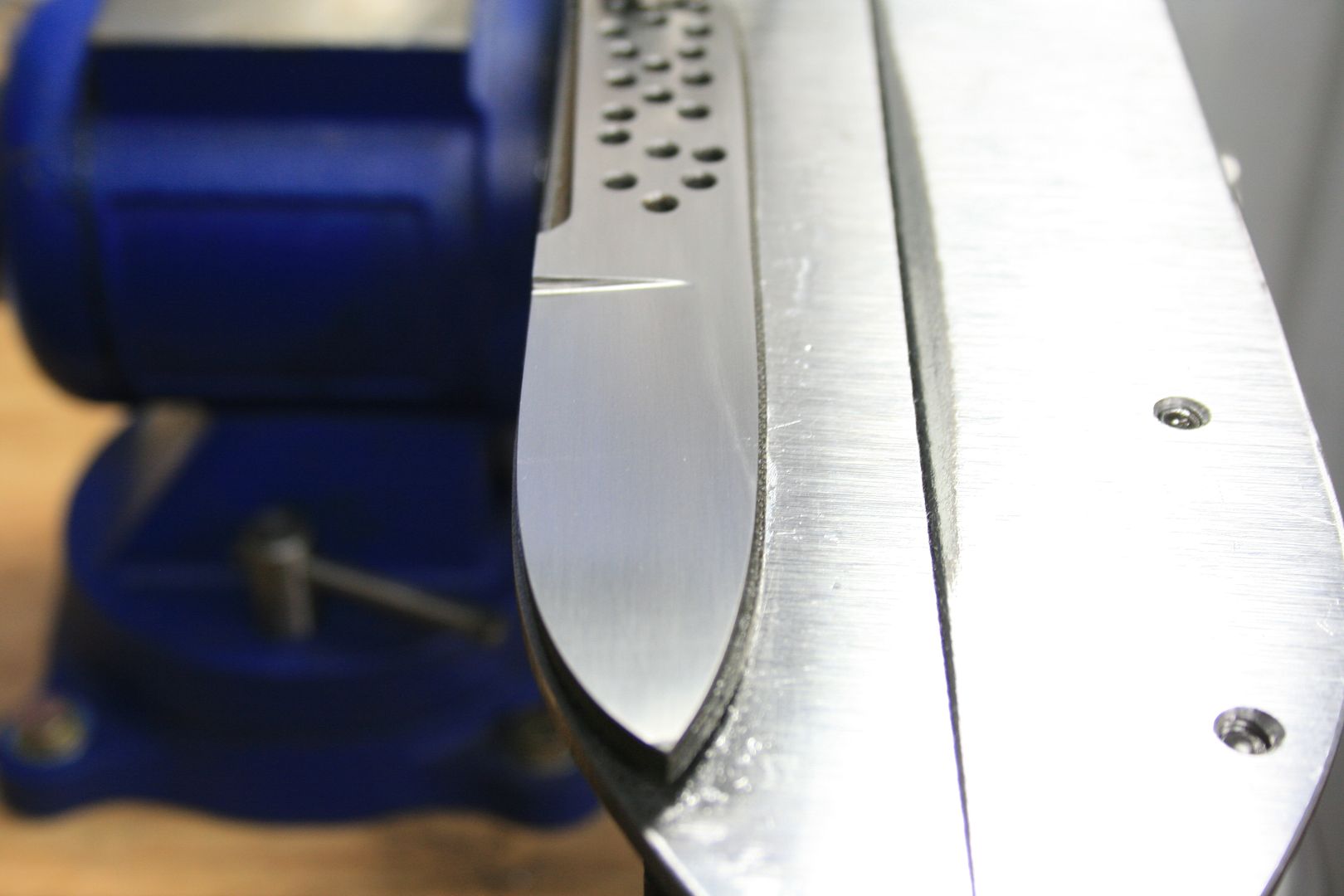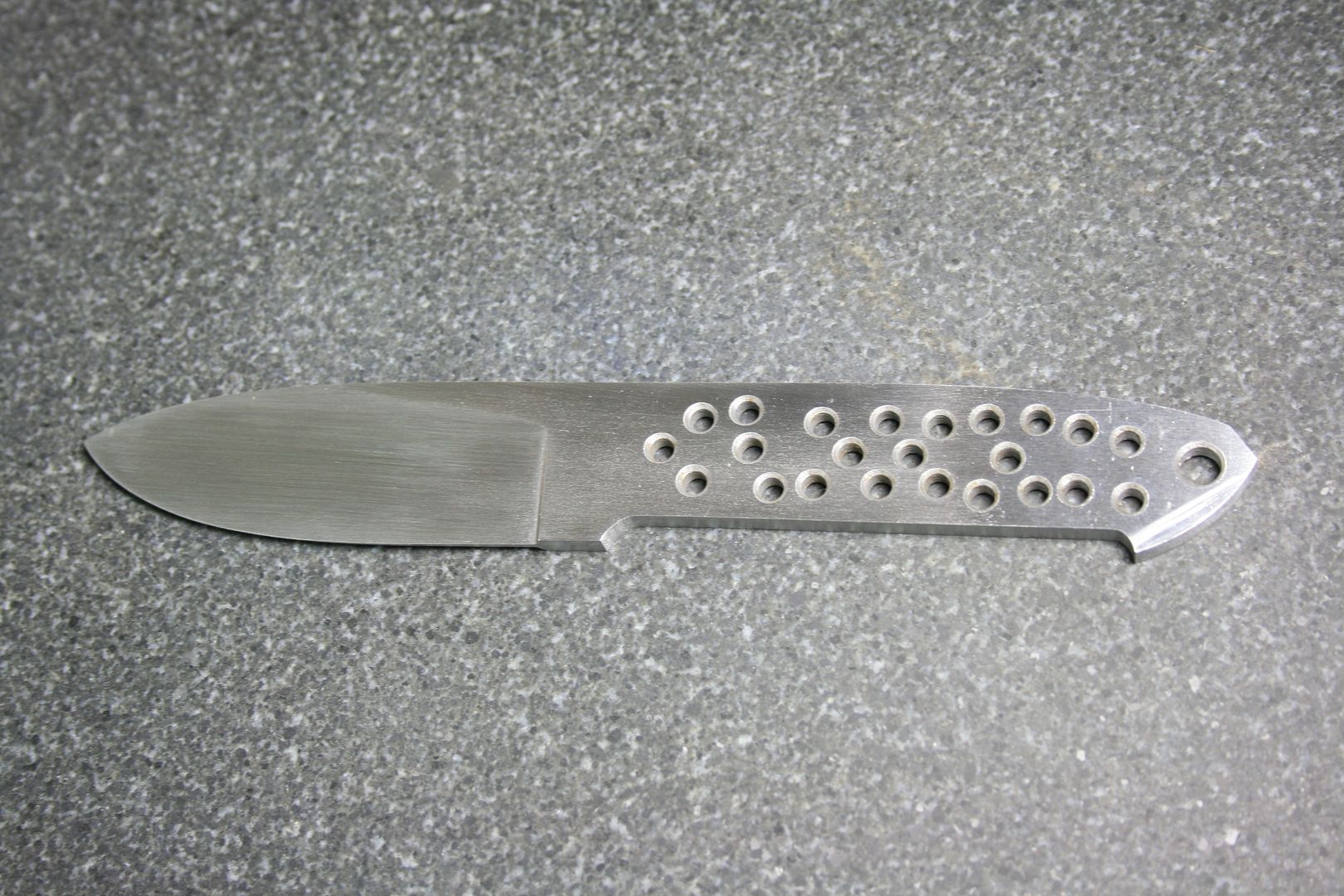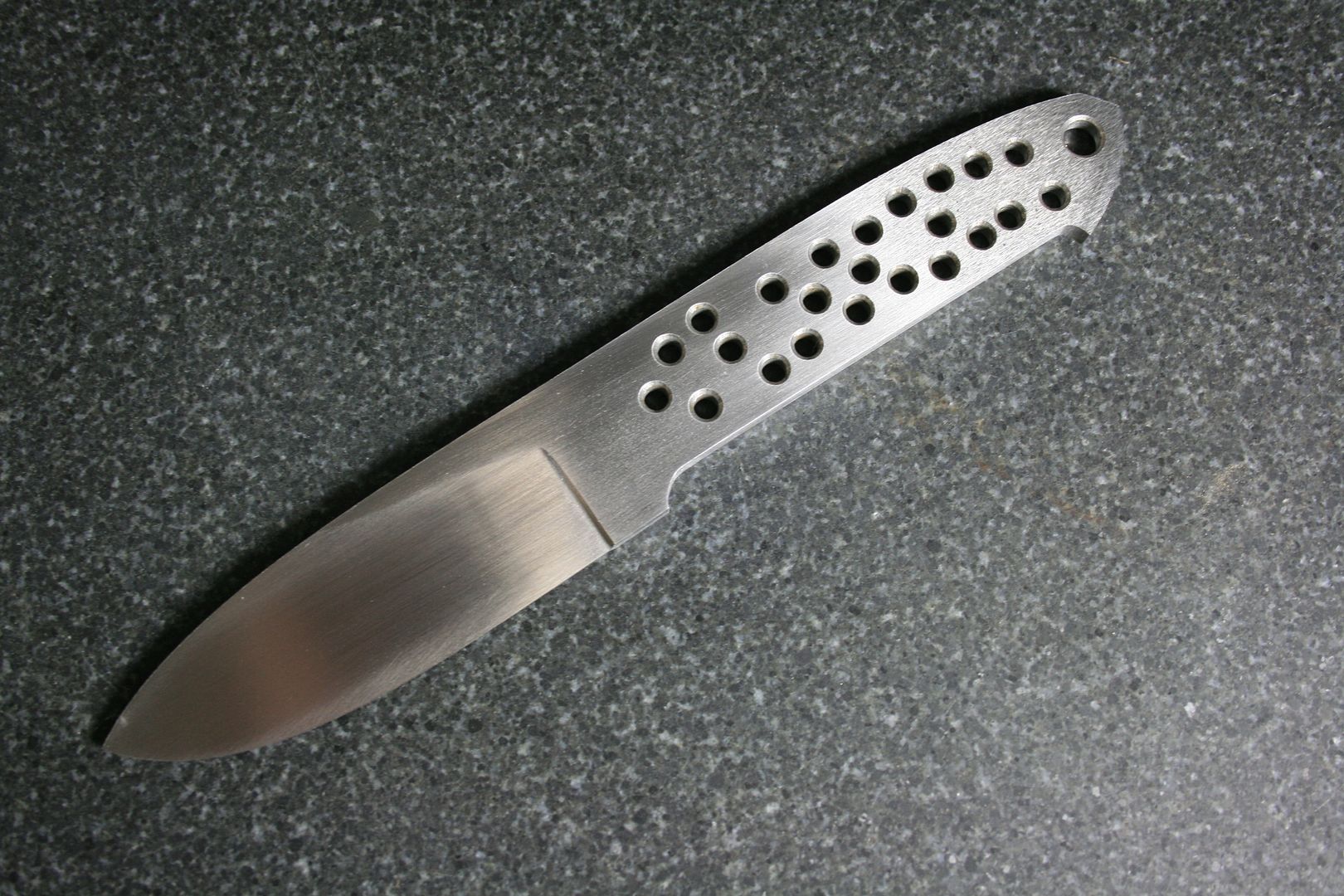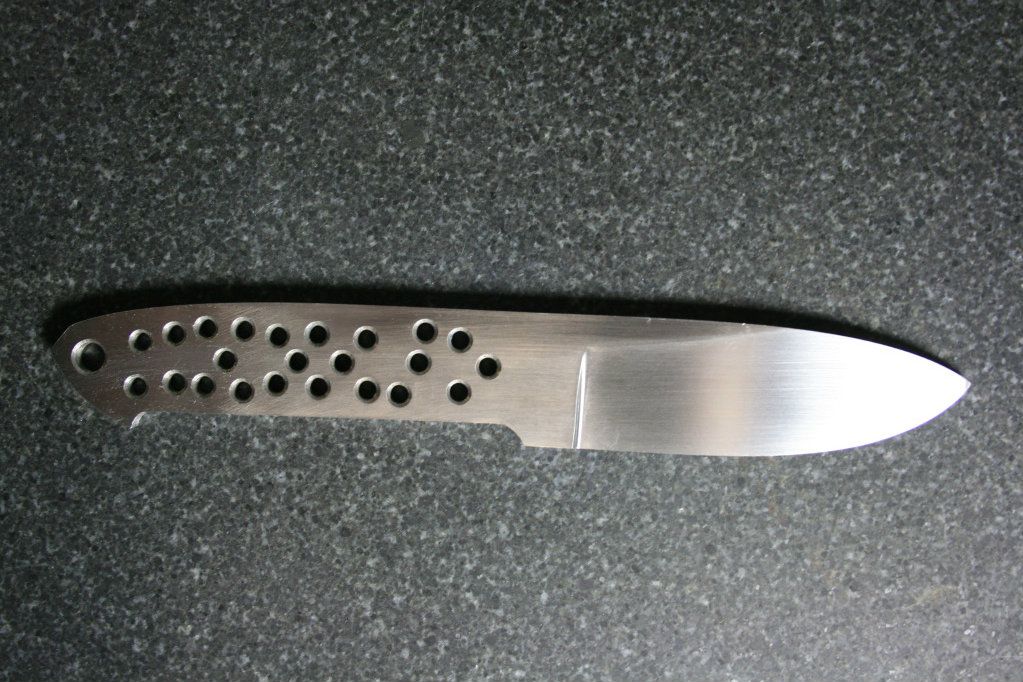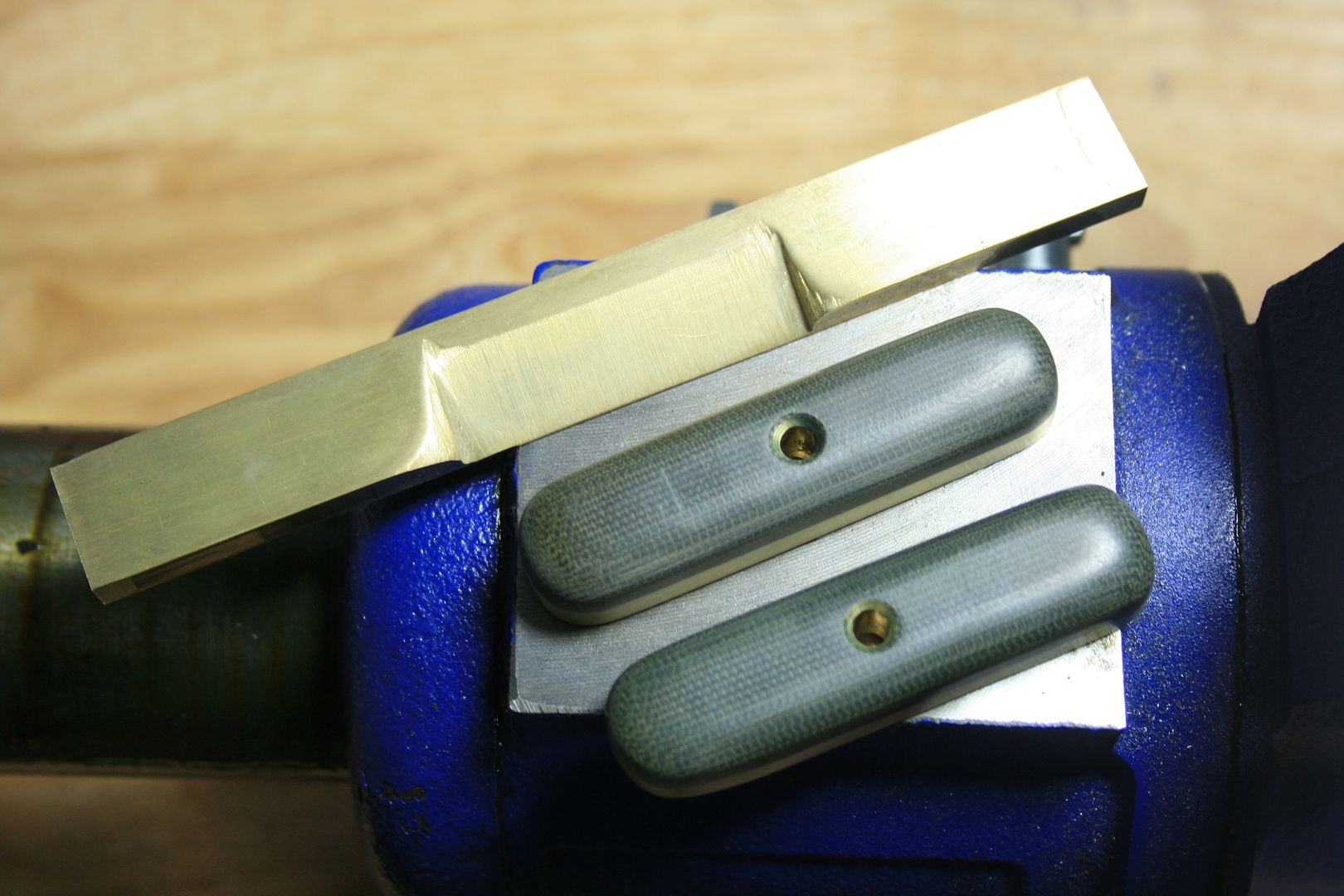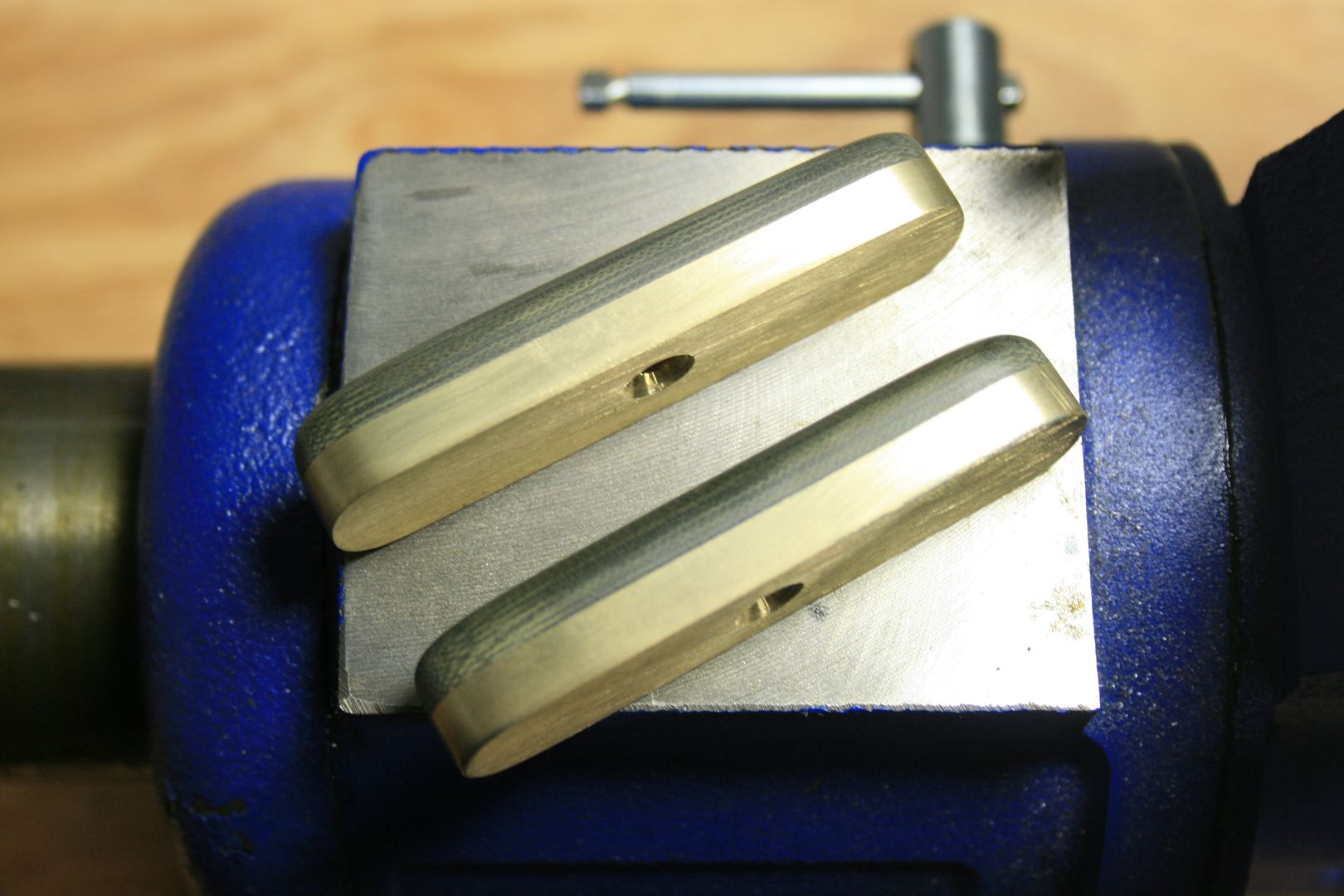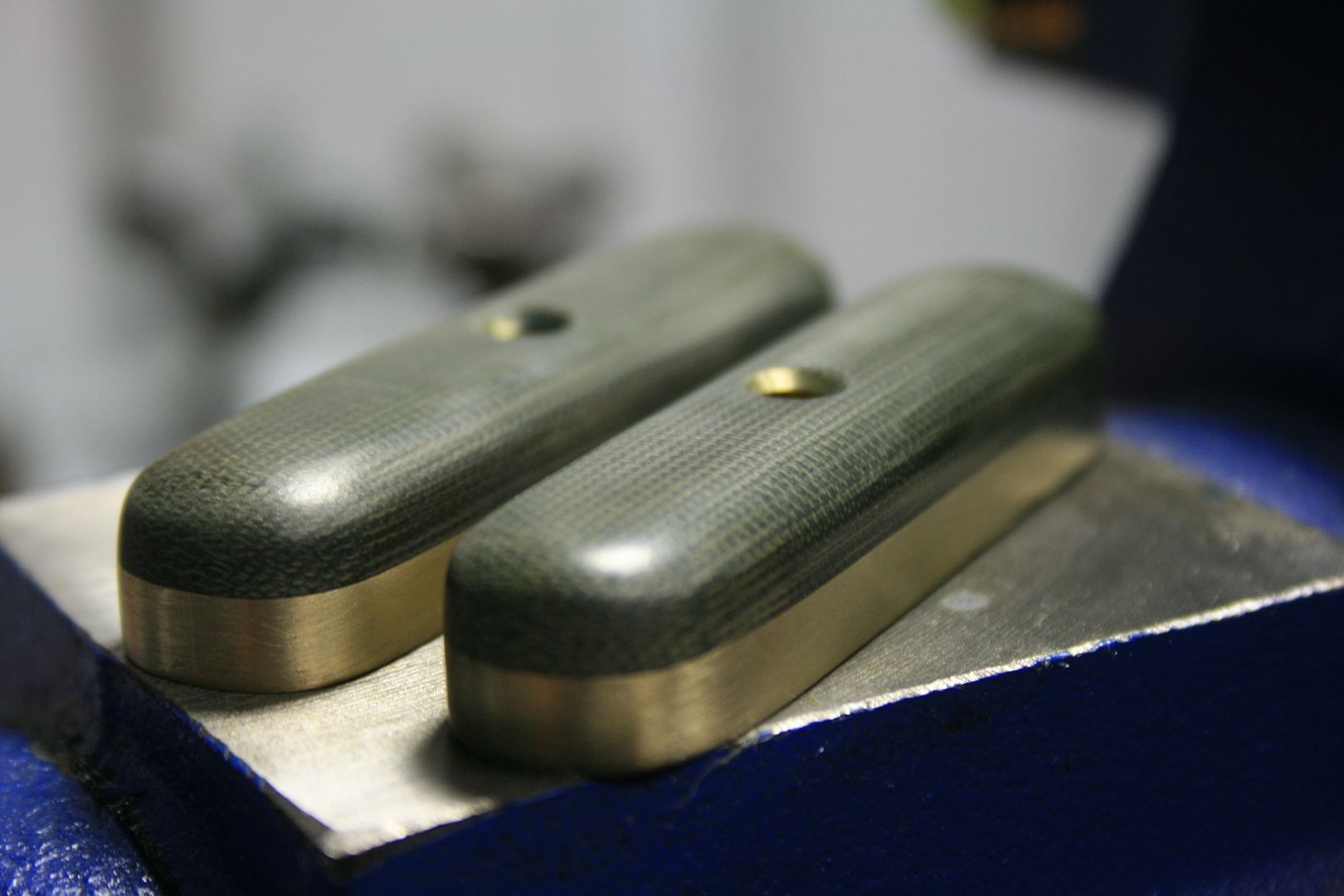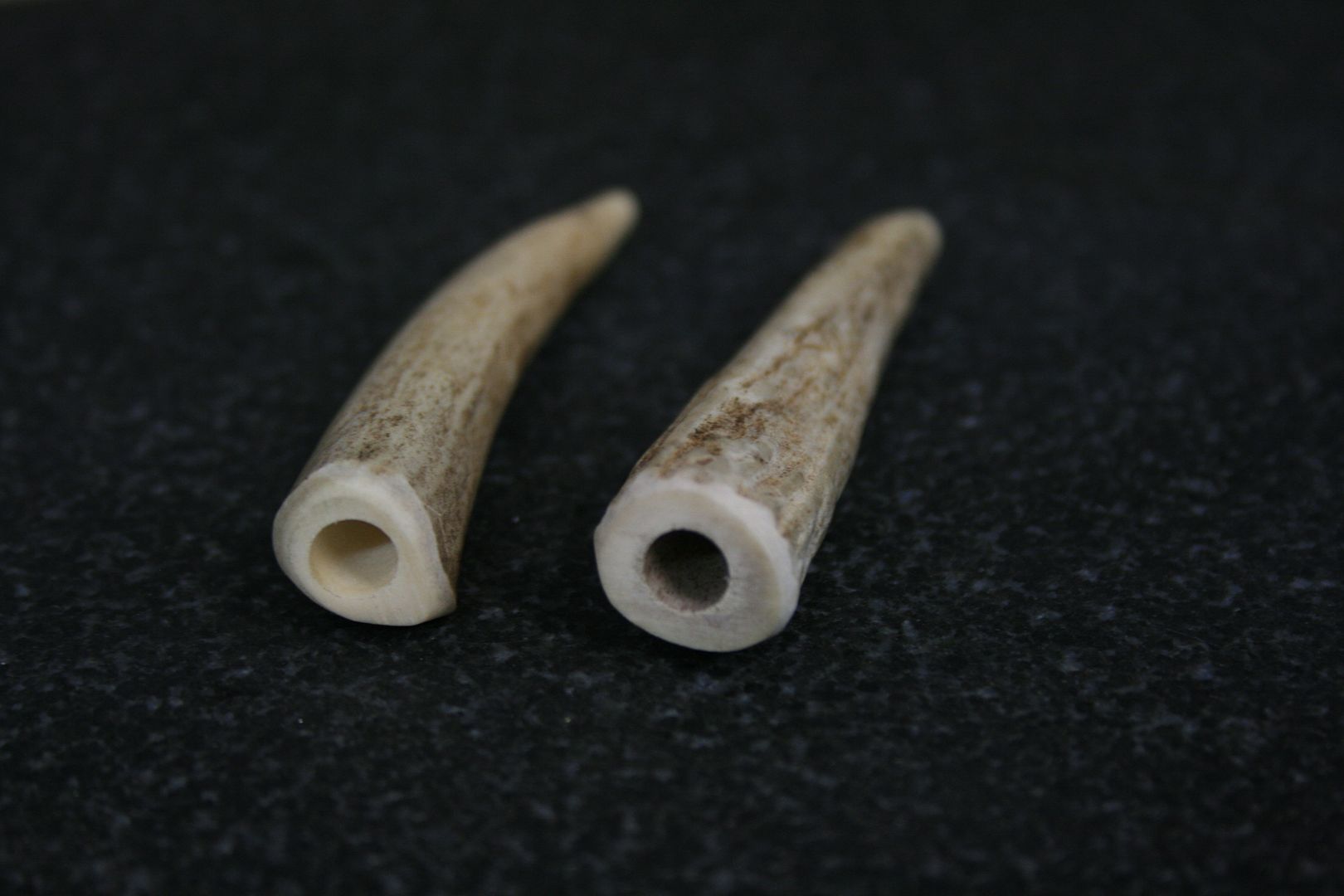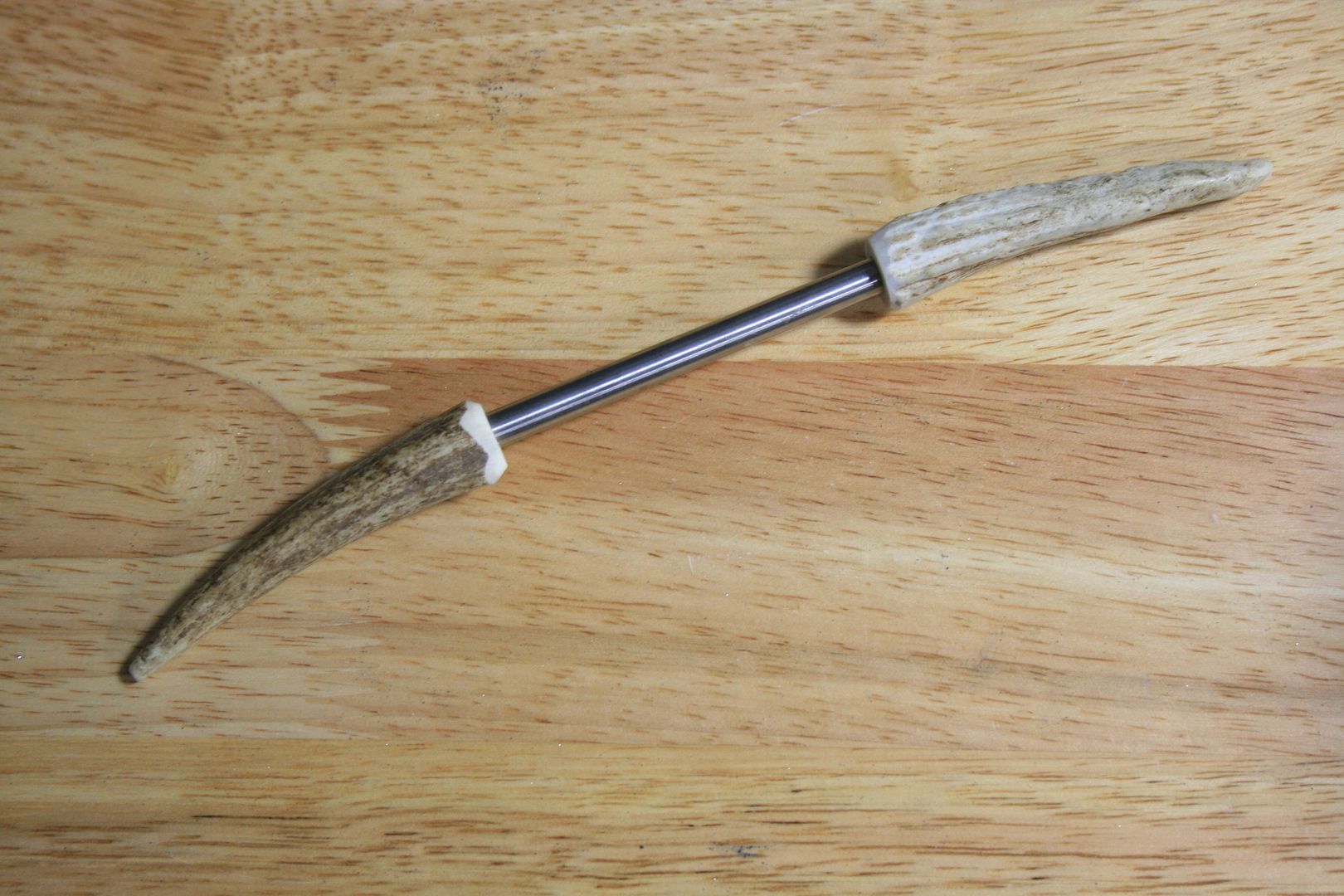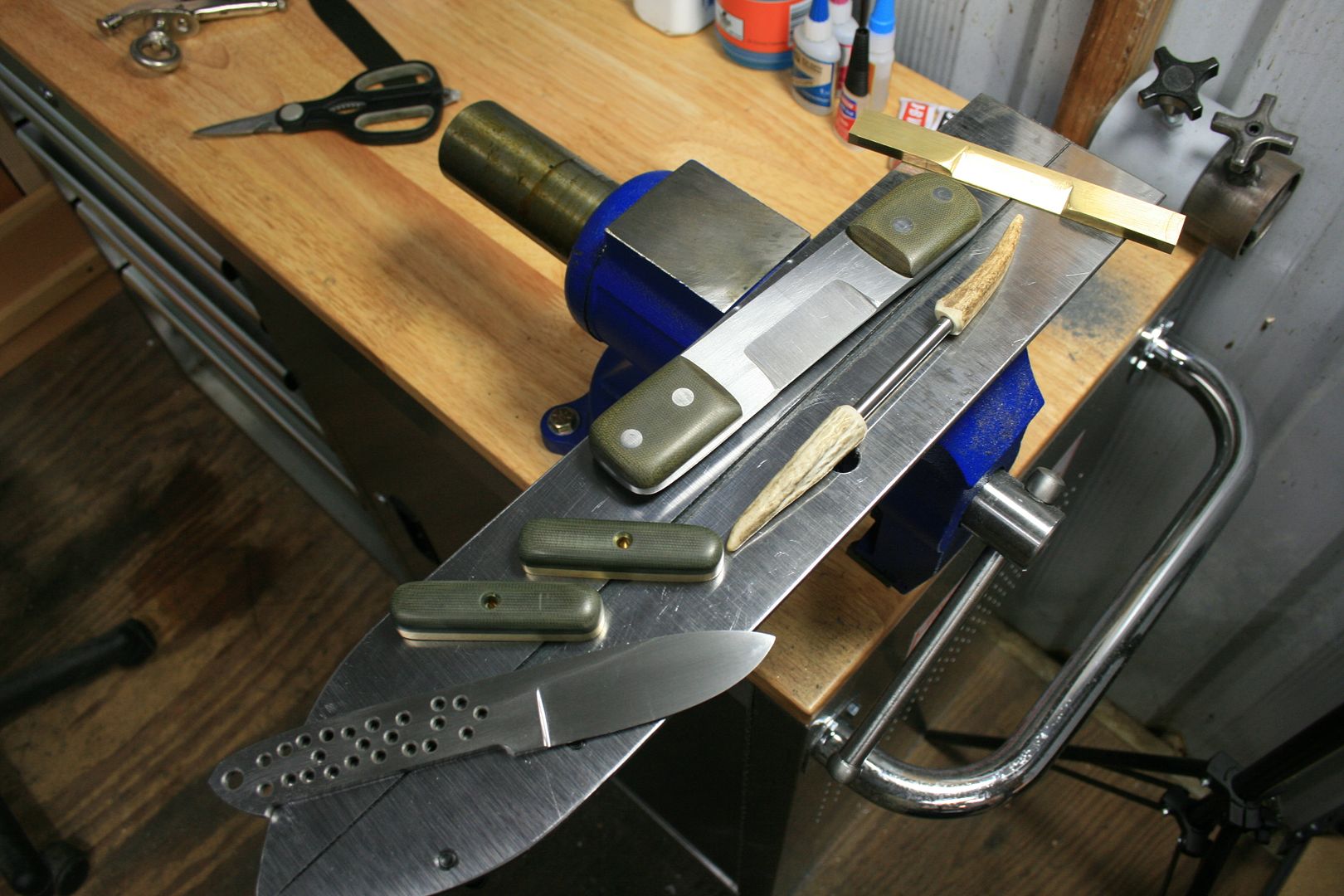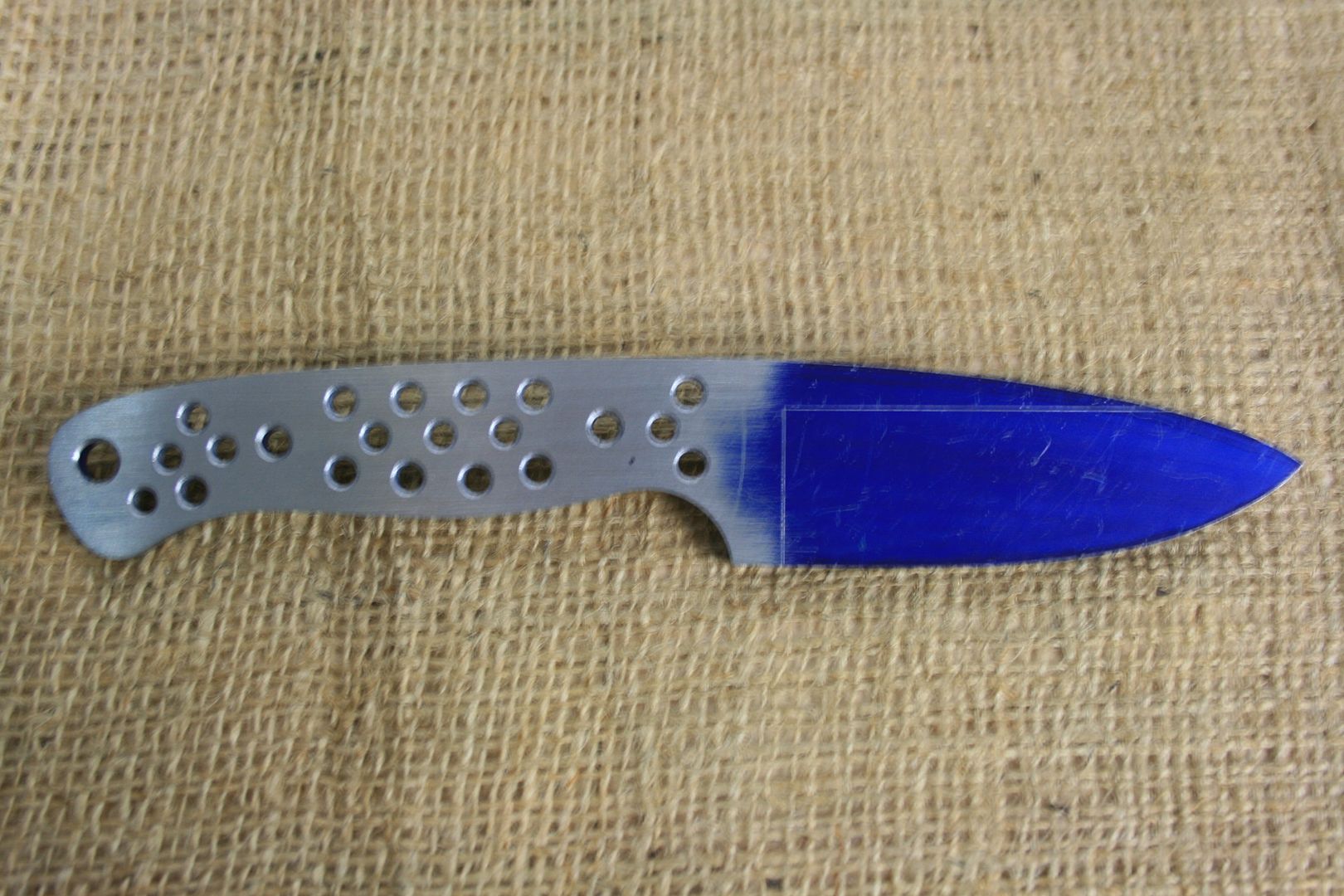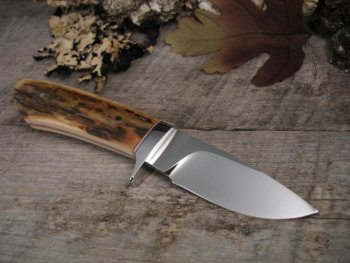Got a little more work done on the hand sanding set up today. Not as much as I would have liked, but I found a tool store close to my house and couldn't pull myself out of there. The difference between a well made machine and a Sears machine is astounding. I sat there playing with everything in amazement of how smooth and robust they feel. Now I need a new drill press, bandsaw, mill, etc. :biggrin: Back to reality!
All of these ideas for the hand sanding set up came from watching Nick Wheeler's youtube videos and reading one of his WIP threads. After watching his videos, I realized that most of the things I was doing were causing more problems than good; washing out the edges and plunge line, tip not supported, bench shaking like crazy, and so on. Instead of fighting the issues, I decided to go ahead and build a little sanding station and jigs. Since I use a craftsman, every blade will most likely need a lot of hand sanding anyway.
I picked up a piece of 2" x 36" angle iron, brought it home and cut it in half. Now I have 2 pieces at 1 1/2' a piece...
Stuck them in the vise to where the top was as even as possible and drilled 4 pilot holes somewhat evenly spaced...
Next I drilled a 1/2" hole at each end and two 3/8" hole in the middles and also cut a point out of one end...
Checking the fit...
After putting it together I realized that I should have kept the two pieces clamped together while drilling instead of taking them apart. Of course the holes didn't line up perfect so one side was raised a bit. Not a big deal, take it to the grinder. Not sure why, but it took a very very long time to grind this thing even. My back hurts now...
There is still a little line down the middle but no big deal because I will be using a piece of micarta for below the blade...
Going to cut the excess bolts off tomorrow and drill/tap holes for the support screws...
Here is the set up so far. I bolted the bench to the wall and the floor and it is pretty stable. Not perfect but that's what happens when you work in an old beat up shed. Plan on using it as an area to do all of the epoxy work also...
That's pretty much all I did today. Going to finish the jig and sanding sticks tomorrow and hopefully get some of these blades fixed up and off to heat treat.
I know all of this is nothing new and I am sure most of you are tired of seeing this stuff, but I thought it would be pretty cool to keep up with this for the year and see where it takes me. Hopefully a few of the other new guys will benefit from it too. I have already learned more in this thread than most books have given me. They seem to skip over the details which, to me, is the most important part of learning something. The other thing is that I re-read my posts multiple times and can see where I made mistakes, areas that need improving, etc. Plus you guys tell me the secrets.:3:

